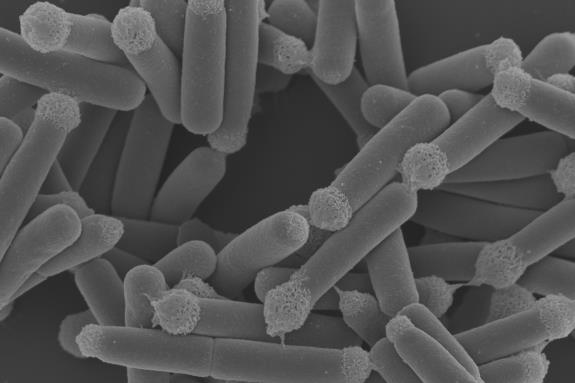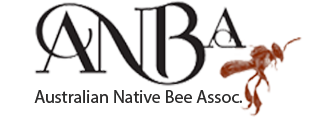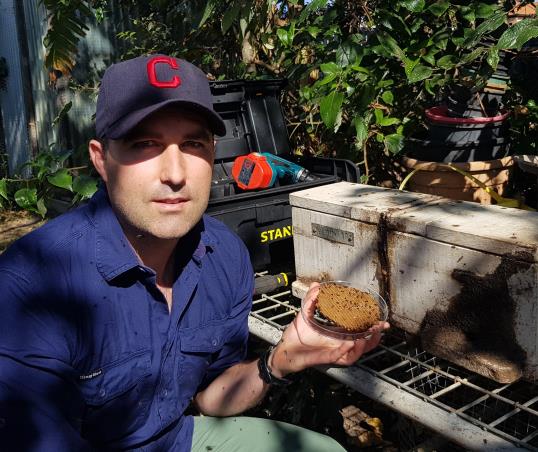PhD candidate Scott Oliphant and Professor Vladimir Jiranek’s Wine Microbiology group at the University of Adelaide have discovered the first Australian novel lactic acid bacteria in the family Lactobacillaceae.
Lactic acid bacteria are associated with many benefits including suppression of spoilage agents in food and pathogenic organisms in animals. These are versatile microbes that can be utilised in many ways including producing probiotics, sour dough bread, cheese, sour beers, and contributing to the fermentation of wine and ciders.
Considering the broad use of lactic acid bacteria in both the food and medical industries, the opportunity to em-ploy new strains or species could improve existing fermentations or enable new processes.
“We were amazed that no Aussie microbes in this family have been published yet, as the unique geography and isolation of Australia should make it a host for very unique species”
Through the generosity of Dr Tim Heard of Sugarbag Bees, Dr Scott Groom from The University of Adelaide was able to collect samples from Brisbane-based native beekeepers (including from Tim himself) following the Australian Native Bee Conference that year. Dr Groom had previously called upon Tim’s expertise to investigate the susceptibility of the stingless bee Tetragonula carbonaria to exotic bee diseases, so knew who to turn to for this interesting request.
Field samples of bees and honey cells were taken back to the Jiranek lab, where their native microbes were isolat-ed. After purified microbes were obtained, long read whole genome sequencing was used to determine the taxonomic status.

“Since bacteria are so small, morphological characteristics are not terribly helpful at determining if they are unique.”
The corbiculate bees, which includes honey bees and stingless bees, have been shown to harbour an abundance of lactic acid bacteria and share a suite of core species between them.
But the microbiome of Australian stingless bees is especially varied reflecting their diverse environment and the resources they use.
This discovery is the first description of lactic acid bacteria found in stingless bees in Australia. These bacteria were found to be abundant in the bee and their honey.
The potential benefits of these microbes need to be further investigated, but it is possible that these microbes may provide protection. In honey bees, such microbes have been shown to play an important role in food preservation and host defence against pathogens.
“We know that honey bees have an intimate relationship with their microbes, and it would be very surprising if stingless bees didn’t benefit from theirs”
What was quite notable about these bacteria is the very complex nutritive requirements they needed to grow properly. “The bacteria were isolated on apple juice containing agar, which has many vitamins, ions, and sugars that could be beneficial to microbes. We were surprised at how needy the two species of Bombilactobacillus we discovered were with regards to specific vitamins and nucleosides (the building blocks of DNA and RNA). This is probably why no one has isolated them until now”.
“This really is just the start. The methods and information on how our strains were cultured will certainly help researchers in the future unravel what additional species are intimately tied with these bees”
The article is available open access at IJSEM: https://www.microbiologyresearch.org/content/journal/ijsem/10.1099/ijsem.0.005588

